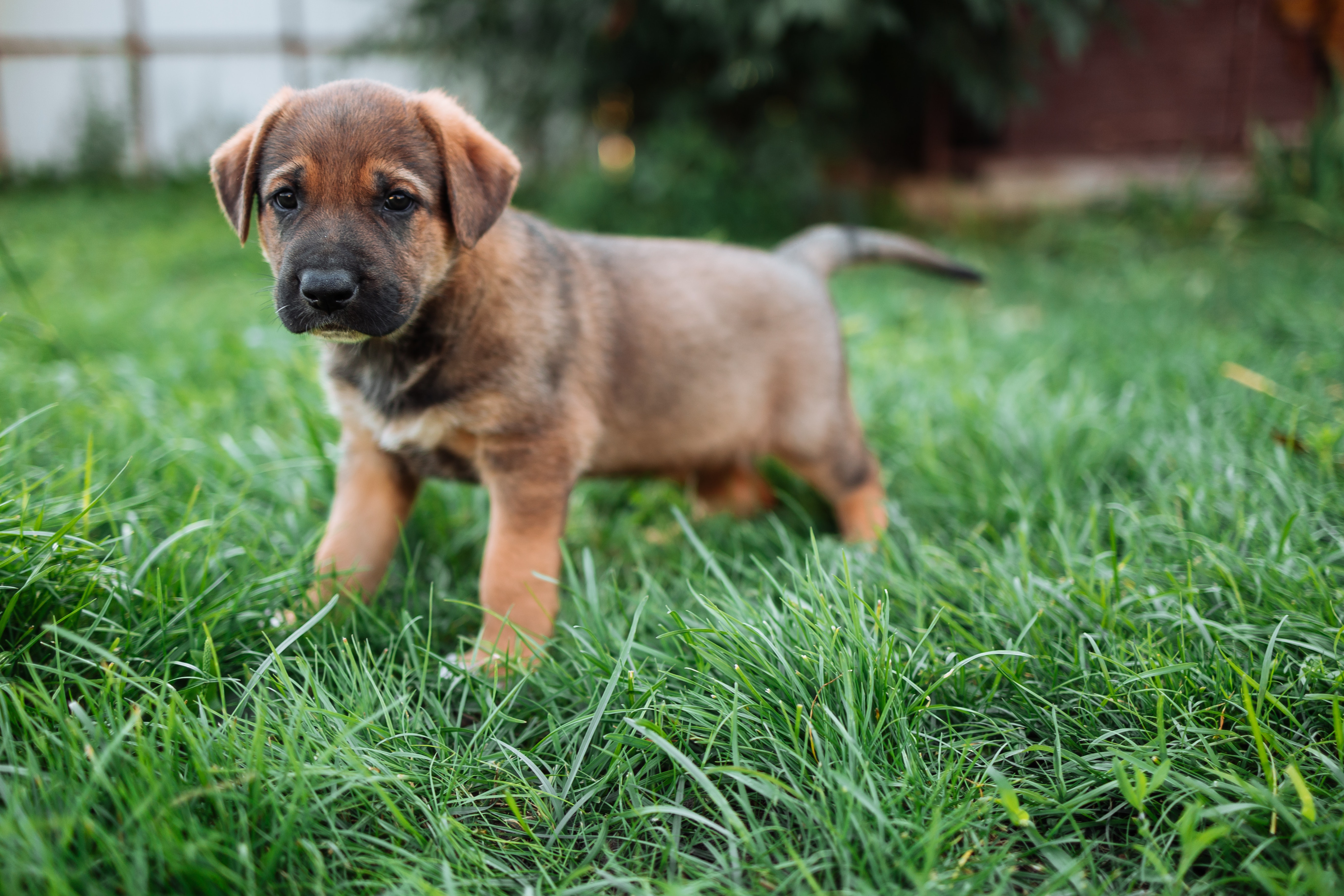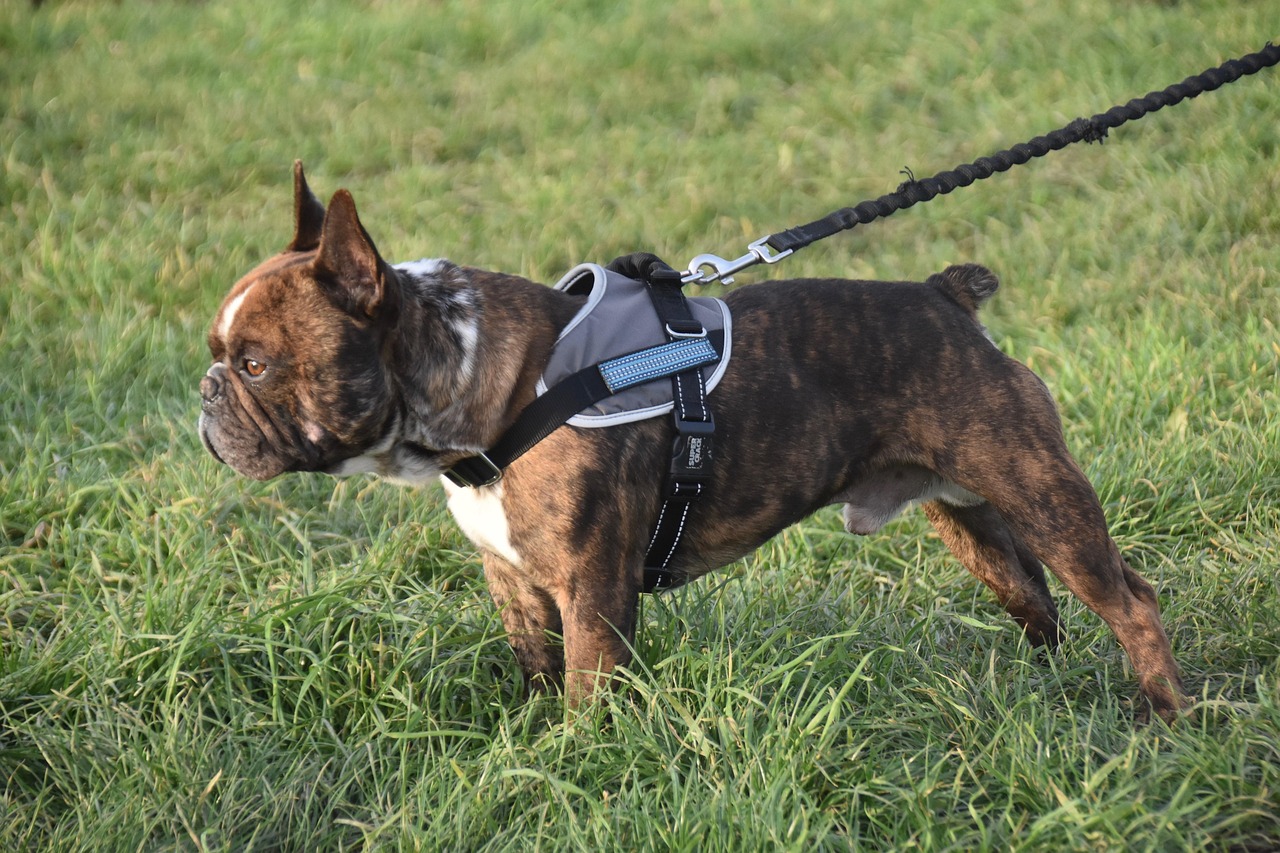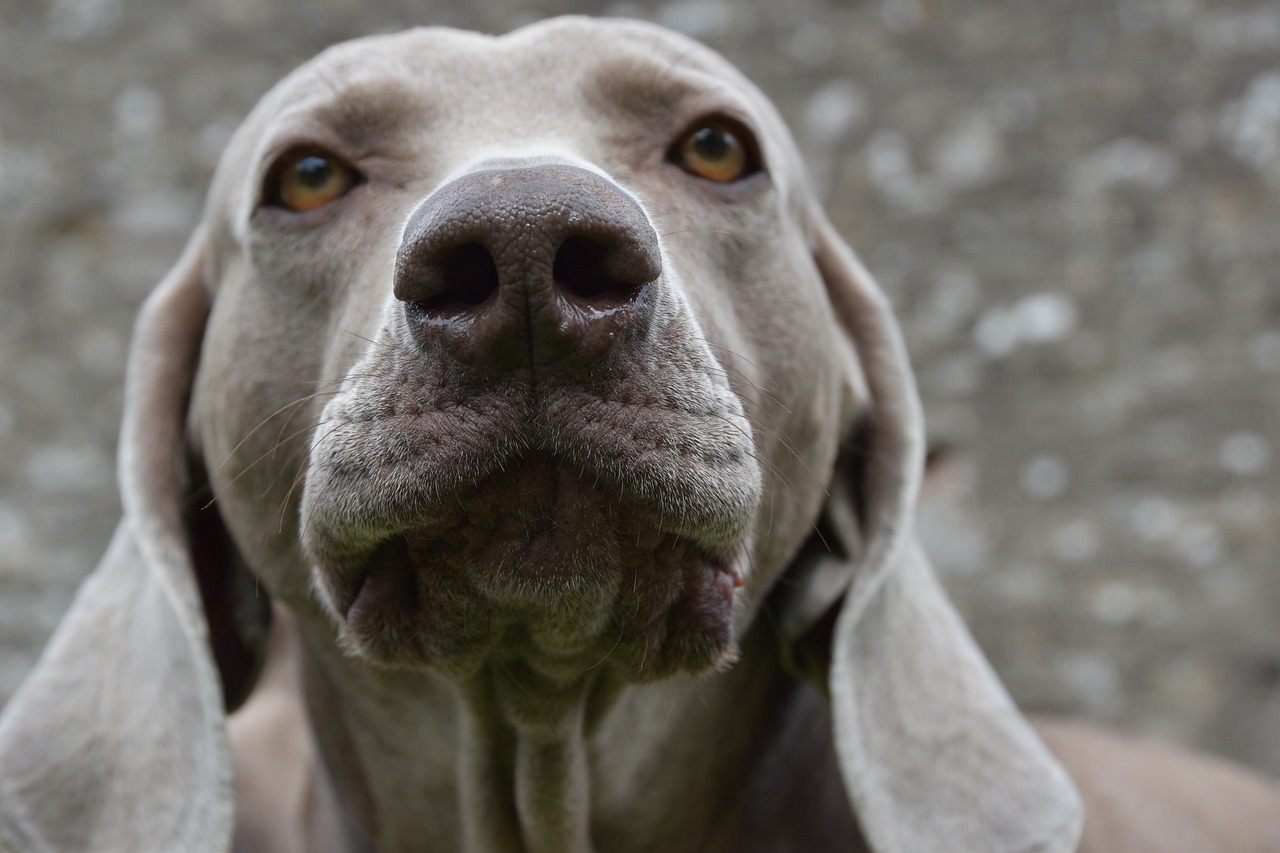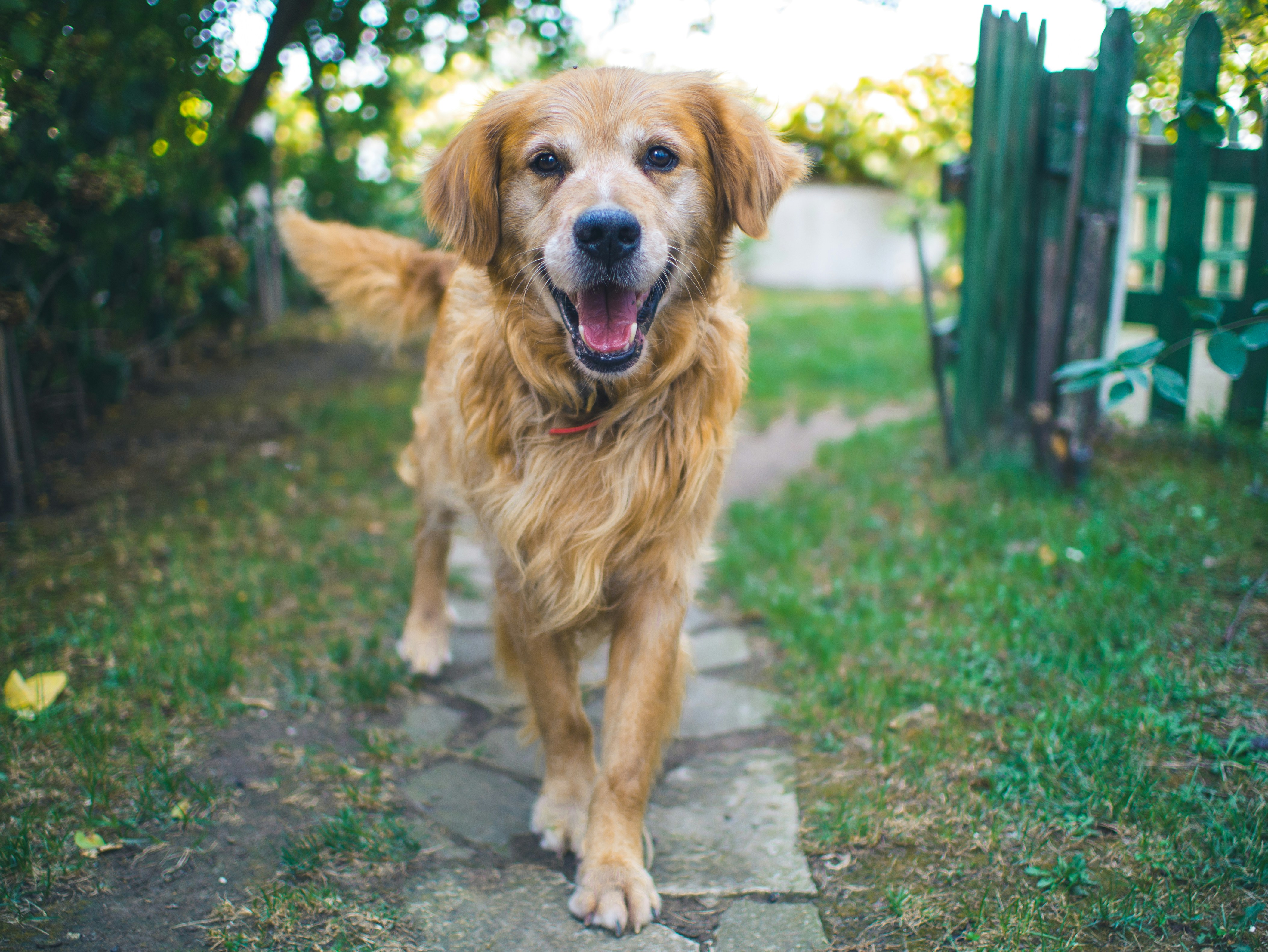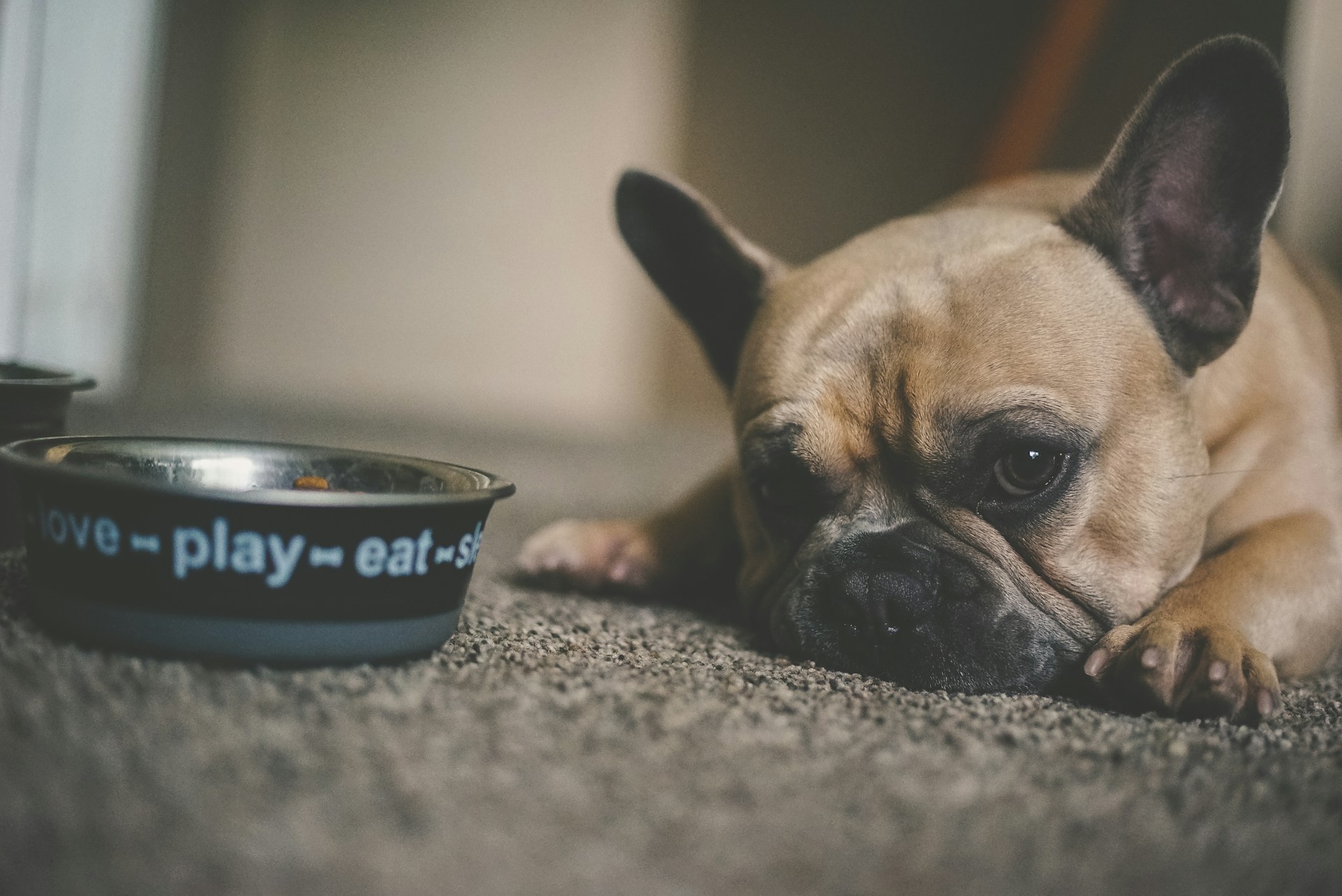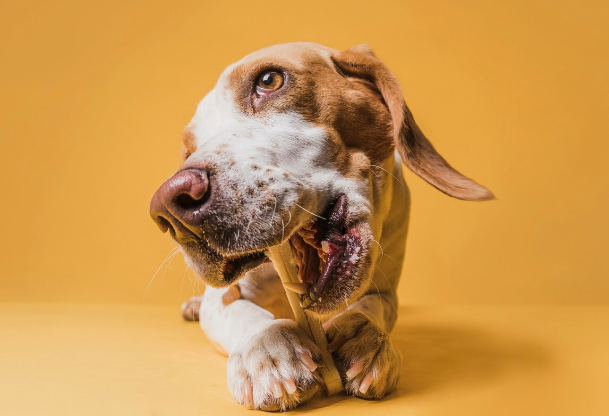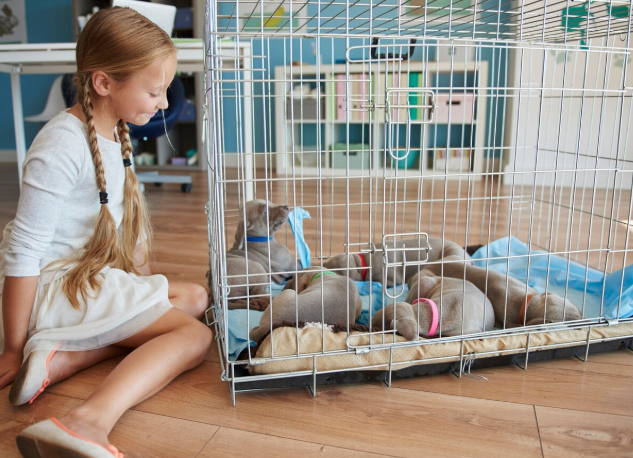
Imagine you have just welcomed a new paw family member into your home- an adorable puppy who looks up to you, seeking your attention, care, and love!
Everything looks perfect, except for one thing… The moment you place your pup in their crate, the howls begin! It can quickly turn into something similar to a loud protest that not only your family but the entire neighborhood can hear!
We bet many of you may struggle with a dilemma of what to do in this situation- let your pup out, ignore them, or maybe bribe them with treats to buy their silence (literally)?
While this behavior is common in puppies as part of the adjustment process and is typically outgrown, there are steps you can take to address it. Understanding the causes and finding the right approach will help your pup adjust to their new environment more quickly, learn to perceive the crate as a safe space rather than a form of punishment, and prevent them from developing bad habits.
Let’s find out more about crying in the crate as a behavioral issue in pups and how to address it effectively!
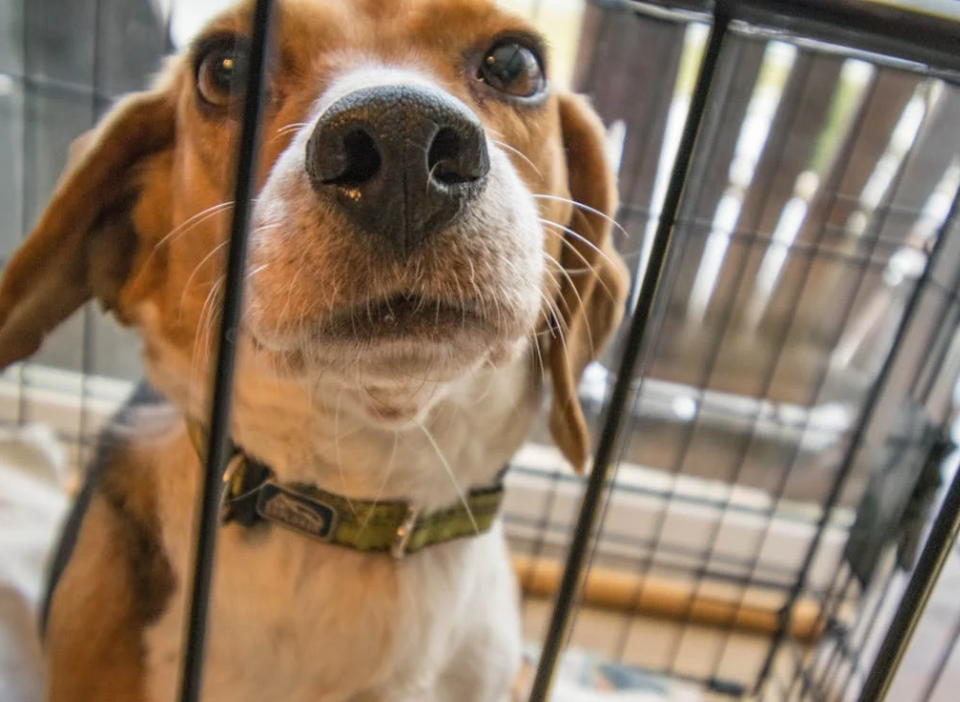
Why Do Puppies Cry In The Crate?
Just like babies, puppies are exploring and adjusting to the world around them. Crying in the crate is a common behavior in pups and usually stems from several reasons:
Separation Anxiety
Puppies are used to being with their mother and siblings, so being alone in a crate can feel scary. You may know that the age of 8 weeks is considered the youngest age at which a pup should be separated from their mother. Pups younger than 8 weeks are still not fully weaned and should not be separated from the mother.
Furthermore, through interactions with their littermates, pups develop essential skills such as bite inhibition (learning how to control the force of their bites), social cues, and appropriate behavior towards other dogs. Needless to say, that their mother provides warmth, comfort, helping puppies build confidence in the world around them.
When separated from their mother and siblings, puppies lose the security of being part of their pack, which can lead to anxiety. It is understandable for pups to feel stressed when entering their new home, especially if they are placed in a crate. Similarly to humans, our paw friends also need time to adapt.
Need for Potty Breaks
The next cause of crying in the crate is related to natural body functions. Unlike adult dogs, puppies have small bladders and need more frequent potty breaks. If your puppy is crying in the crate, they might simply need a bathroom break.
Don’t get mad or frustrated if there are accidents at home. Potty training takes time, but once your paw friend understands what the designated spots to go potty are, things will get back to normal.
Patience and consistency are key, so make sure to give your puppy plenty of chances to go potty before putting them in the crate, especially after they wake up, eat, or finish a play session.
Discomfort From an Unsuitable Crate
It is not as simple as just buying a crate and placing your pup there. If the crate is too small, too large, or has hard, uncomfortable surfaces, your puppy may cry out of discomfort.
If the crate is too small, your furry friend may feel restricted, and if it is too large, they may feel insecure.
With that being said, you should choose a crate with an appropriate size, which is also comfortable. It also should be high enough for your puppy to be able to stand up, turn around and lie down comfortably.
To help bring a feeling of comfort and safety for your new family member, put soft bedding and toys inside the crate.
Hunger / Thirst
What is the main reason for babies to cry (aside from indicating their diapers need a change)? Yes, correct – it is hunger and thirst!
It is not much different with puppies. If they are hungry or thirsty, they will likely communicate their needs loudly to make sure they grab your attention. It is important to ensure your puppy has access to food and fresh water throughout the day. This is needed for their comfort and well-being and will help prevent distress and anxiety.
Boredom (Lack of Stimulation)
Puppies are full of energy and need regular mental and physical stimulation. While crate training is beneficial (you can read more about it in our article: Crate Training Schedule - How to do it, and what do you need to know before that?), you should keep in mind that pups need opportunities to spend their energy.
If you crate your pup for too long without anything to do, they may cry out of boredom. Providing safe chew toys or puzzle feeders will help keep your puppy engaged when they are in the crate. These can also help satisfy their natural instincts and prevent them from feeling lonely or restless.
When they are outside the crate, ensure they receive plenty of physical and mental stimulation. The more you are engaged in the process, the better! Spending quality time with your paw family member helps getting to know each other better, becoming more attuned to each other, and strengthening your bond.
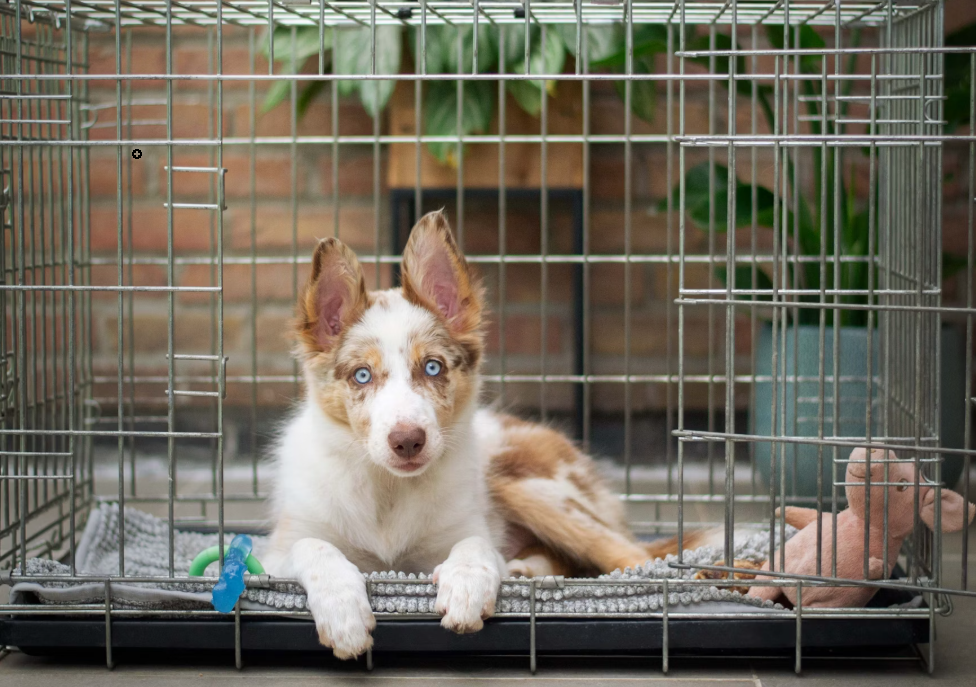
Tips On What To Do To Address Crying In the Crate as a Behavioral Issue?
Before moving on to the practical tips, let’s clarify that crate training can take some time. Don’t expect for your pup to like their crate immediately. It is also important to note that crate training can be highly beneficial not just for puppies but also for adult dogs, including service and rescue dogs.
You can find more information in our articles: Does A Service Dog Need Crate Training? and How to Crate Train a Rescue Dog.
With patience and positive reinforcement you can help your paw companion develop a positive attitude towards the crate. Logically, we come to the first step of the process, namely:
Create Positive Associations
The goal is to make the crate a place your puppy wants to be. A good way to start is by rewarding your pup for being interested in the crate. In the early stages of the training process, this could involve giving them a treat even for approaching the crate, or sniffing it. The more frequently you reward your pup for showing interest in the crate, the more likely will this interest occur again in the future.
Gradually, you should set the bar higher by rewarding more and more intensive interactions with the crate, including going in the crate on their own. You could also try feeding your pup in the crate, so they start perceiving it as a place of comfort and reward.
Once your pup goes inside the crate on their own (don’t force them), praise and reward them immediately. After several repetitions, you could try closing the door for a few seconds only. Increase the time duration step by step by adding a few more seconds every time your pup goes in the crate.
Favorite toys and praise are also great tools to help create a positive association with the create.
Over time, your puppy will begin to associate the crate with positive experiences, perceiving it as a source of treats, toys and cozy personal space to rest!
Gradually Increase Difficulty
As we have mentioned in the beginning this part of the article, you shouldn’t expect your puppy to be comfortable in the crate right away. The process will take some time and you need to be patient.
It is essential to start with short intervals and gradually increase the time your pup spends in the crate before receiving a reward. The same principle applies to the distance- at the beginning of the training process, it would be helpful to remain within your pup’s sight.
Gradually increase the time and distance, making sure your little paw friend feels safe before leaving them alone for a longer time. The idea of the process is to encourage your pup to go in the crate on their own. Never force them to do so!
Establish a Routine
If you are a regular reader of our articles, you probably already know that dogs thrive on routine. It provides a sense of predictability and comfort.
Try establishing a schedule for your dog from an early age, which also includes the crate. Take your puppy out for bathroom breaks regularly, especially after meals, playtime, or naps. After a fun play session, crate them for a nap to help them rest and recharge.
Stick to a schedule as much as possible, as a consistent routine will help your pup feel more secure, which in turn, will reduce anxiety. Over time, they will understand what to expect each day, making training, including crate training, much smoother.
Never forget to praise and reward your paw friend to show them they are on the right track! This will help you develop a strong bond with them. Training is always more successful when it is based on trust and mutual understanding between the dog and their human parent.
Avoid Reinforcing the Crying
You may wonder how you could possibly reinforce that behavior. Some owners inadvertently reinforce unwanted behaviors by rewarding their dogs when exhibiting them. This could include giving the pup a reward when they cry only to help them calm down. Additionally, letting the pup out immediately when they start crying will teach them they will get what they want when they cry.
Instead, you should wait a few seconds for the pup to stop crying before letting them out. This will teach them that it is the calm behavior that gets rewarded. The same principle applies to crying for attention- give your furry friend a moment to settle before responding.
Physical and Mental Stimulation
It is important to ensure that your puppy receives both physical and mental stimulation during the day.
Whether it is a walk, play session, or training session before crate time, it can help your puppy settle down more easily when it’s time to rest. If your pup is too young, though, and has not received all the necessary vaccinations, make sure to have them fully vaccinated before bringing them outdoors.
As a responsible owner, you should help your pup channel their energy in a productive way. Just like humans, our paw family members also need both their bodies and minds to be engaged to feel content and calm.
Comforting Items
Placing a soft blanket, a piece of your clothing, or a safe chew toy inside the crate will provide comfort and make the crate cozy. Additionally, it can be soothing to place an item that has the scent of your pup’s mother or siblings.
Having a familiar scent nearby, especially while they are still adjusting to their new home is very helpful!
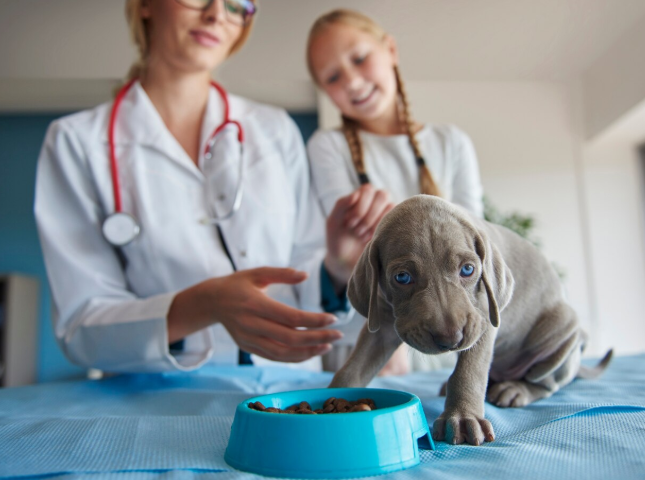
When Should You Contact a Vet?
While crying is a normal part of crate training, and the adjustment process, it may also be a sign of a health issue and require immediate medical assistance.
Excessive crying lasting for hours, especially when accompanied by other signs like drooling, vomiting, or loss of appetite, could indicate a health problem. Additionally, it is essential to monitor your pup to ensure they have drunk water throughout the day. Dehydration can be fatal, particularly if it lasts more than a day.
If your puppy refuses to drink or appears lethargic, you should consult your vet immediately!
Monitor your pup for other unusual behaviors, such as excessive scratching, changes in bowel movements, or difficulty breathing, as these may also indicate an underlying health issue.
If you are not sure about how to proceed, it is always best to contact your vet, as they will guide you in the right direction.




